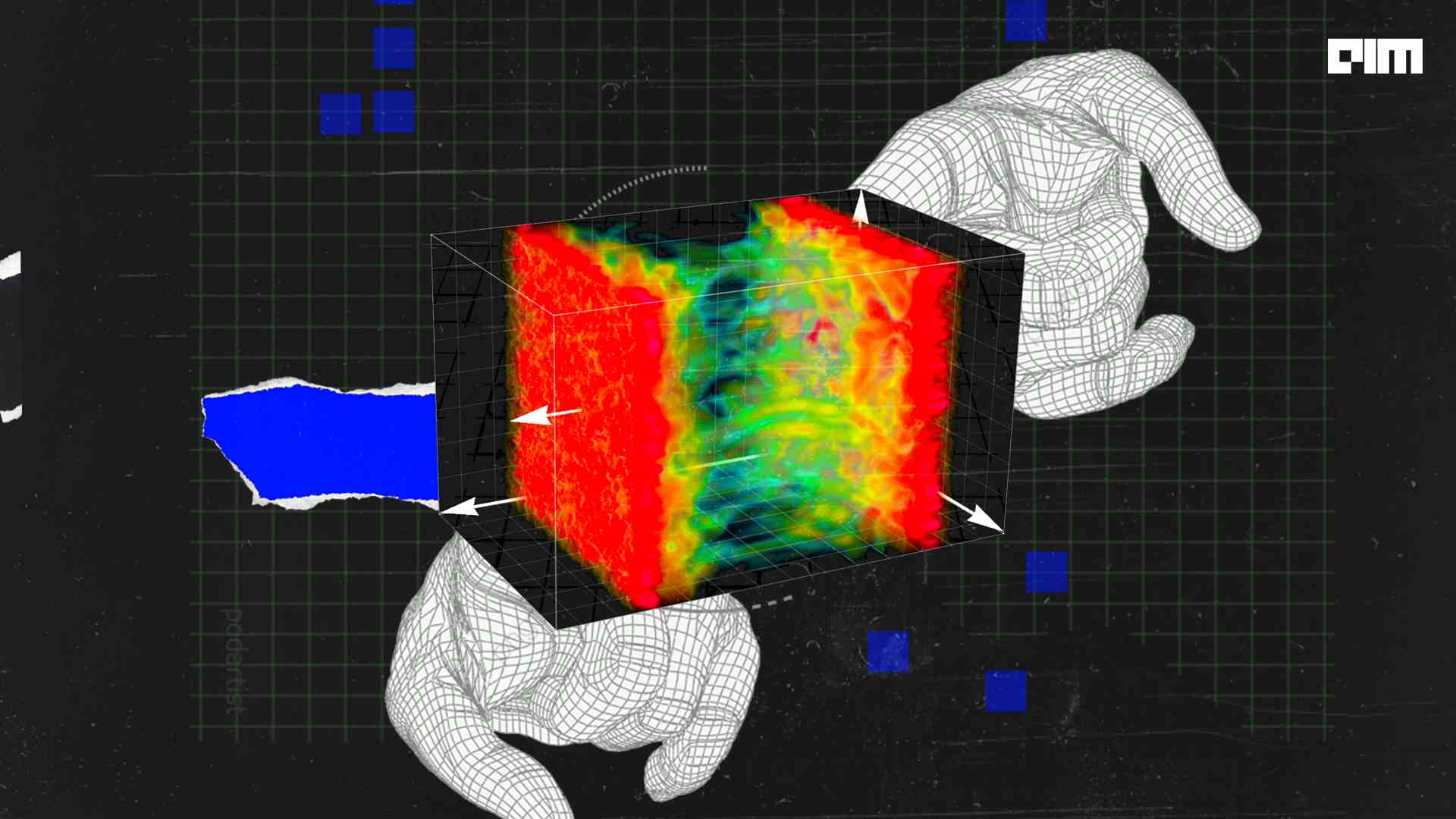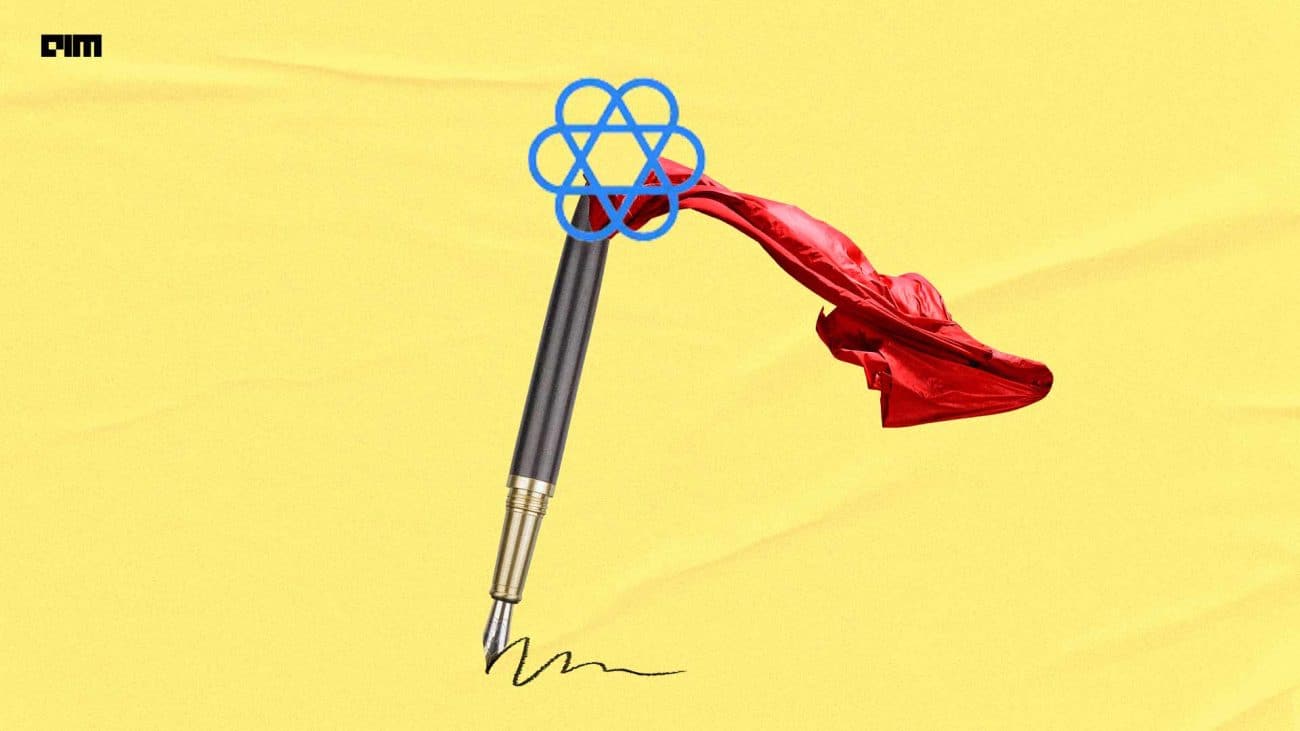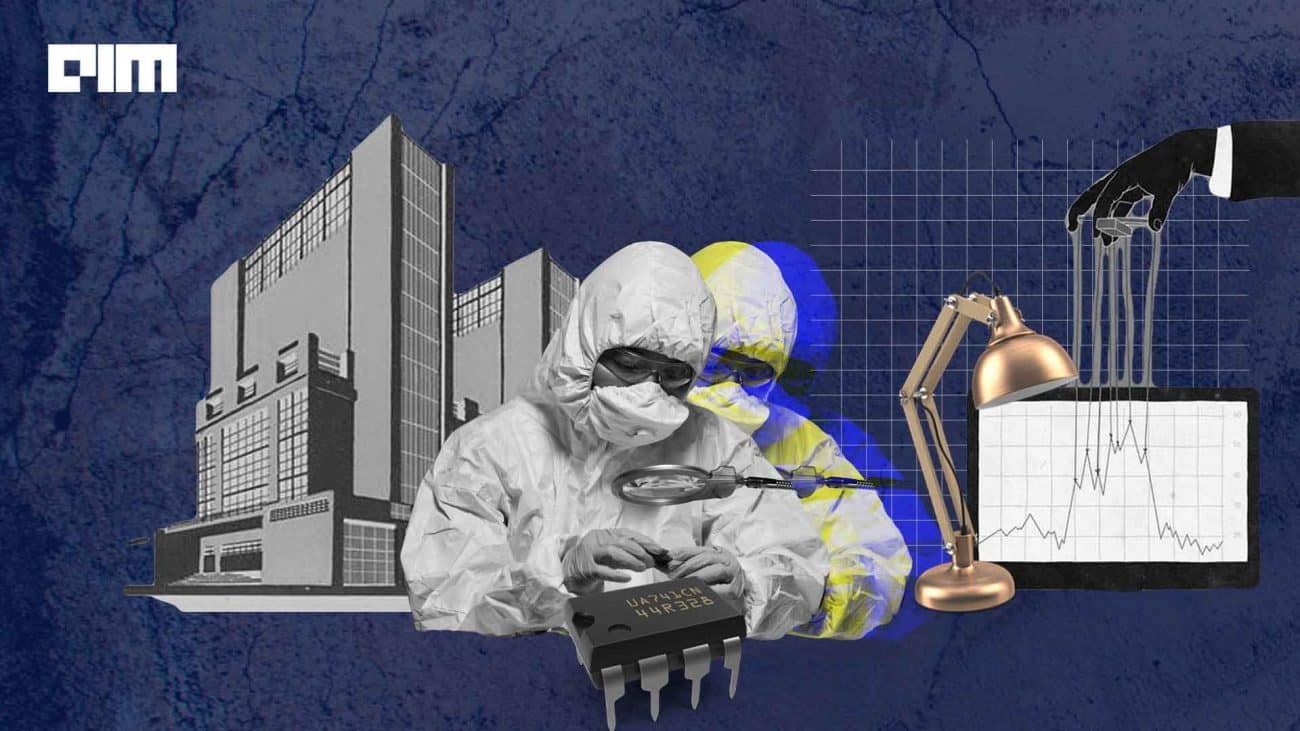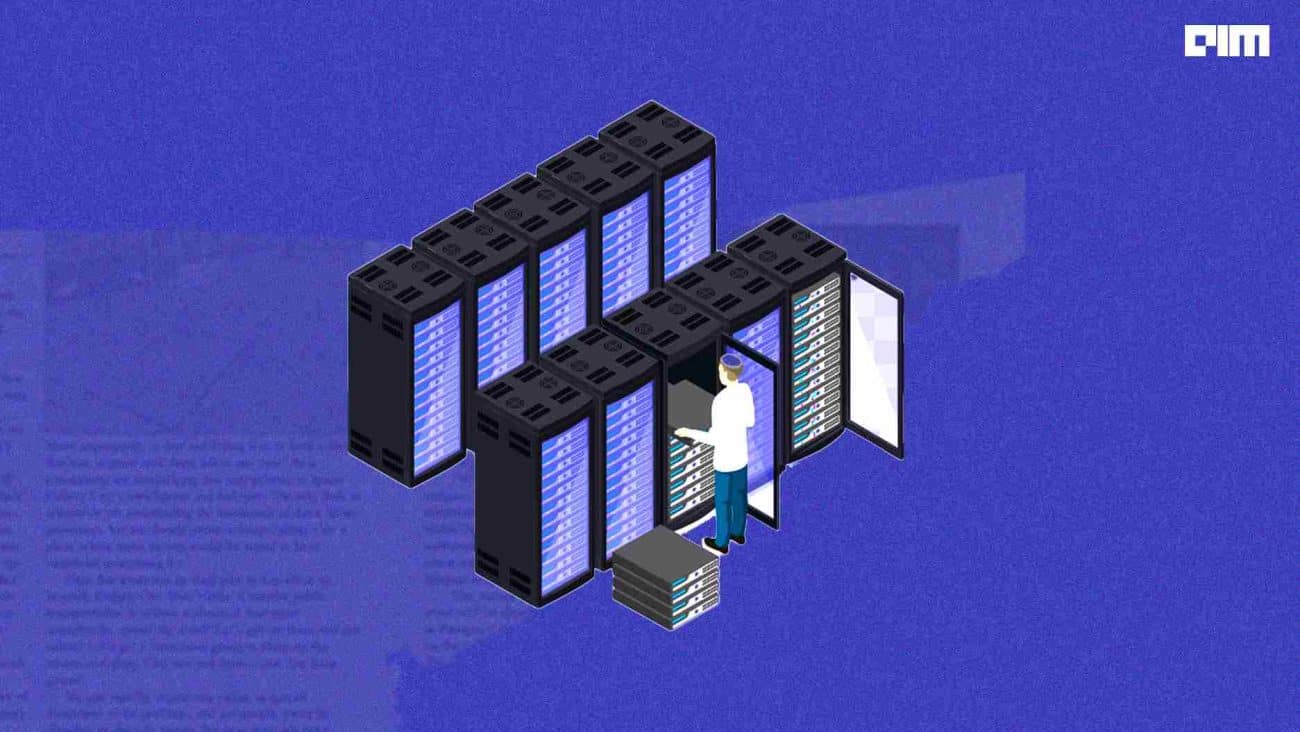Scientists created a big bang when they identified the presence of the high energy state of matter known as “Quark-Gluon Plasma”. Since the detection of such a high energy particle, it is proposed that the creation of the Universe was in this state in its early ages. However, while such a state can only be produced in high energy atomic nucleus collisions in the large hadron collider at CERN (Conseil Européen pour la Recherche Nucléaire), such processes can only be studied using high-end supercomputers and extremely complex simulations, and even then, the results are difficult to discern.
With artificial intelligence being the obvious choice, Tu Wien, also known as Vienna Institute of Technology, has demonstrated that the use of neural networks can be successfully used for the arduous tasks of identifying the mathematical properties of particle physics observed in the process. However, before we delve into how one can get a better understanding of the Big Bang using neural networks, let us understand some of the terminologies.
Quark-Gluon Plasma – A state of matter
A quark-gluon plasma is a high energy state of matter where quarks and gluons interact with each other in a state of thermal and chemical equilibrium.
Figure: Phase Diagram of QGP matter from CERN document server
After the occurrence of the Big Bang, the entire Universe was in the state of QGP (Quark-Gluon Plasma). Theories predicting the presence of QGP were developed in the 1970s, and they proposed that after the Big Bang, QGP filled the entire Universe before matter existed. The presence of QGP was first detected at CERN in the year 2000, and since then, it has been studied to recreate and understand the Universe under high-energy-density conditions that were prevalent in the early stages of its creation. In this state, the matter was formed from the elementary degrees of freedom (quarks and gluons) at about 20 microseconds after the Big Bang.
The challenges of gauge symmetry
When simulating Quark-Gluon Plasma, one of the biggest problems that arise is the different ways in which the particles and the forces between them are represented in the form of mathematical equations. This variation is commonly referred to as gauge symmetries. Dr Andreas Ipp, from the Institute of Theoretical Physics at Tu Wien, explains with an analogy: “The basic principle behind this is something we are familiar with: if I calibrate a measuring device differently, for example, if I use the Kelvin scale instead of the Celsius scale for my thermometer, I get completely different numbers, even though I am describing the same physical state.” Gauge symmetry depicts that mathematical equations that look completely different at first glance, in fact, describe the same physical state.
Neural Networks to the rescue
Simulating the state of Quark-Gluon Plasma requires an exorbitant amount of computing time and power. Even large supercomputers struggle with the calculations. This bottleneck is resolved by using neural networks to recognise and predict certain properties of the plasma state. With the help of convolutional neural networks (CNNs) that are used for image classification, one can observe the simulation and recognise the patterns of data. However, teaching the neural nets about gauge symmetry proves to be a difficult process. Dr David I. Müller, a postdoc at the Institute of Theoretical Physics at Tu Wien, provides a solution by stating that the better choice is designing the structure of the neural network by taking into account the variations of gauge symmetry. In this way, different representations of the same physical state also produce the same signals in the neural network.
Figure: Representation of a convolutional neural network from researchgate.net
With such methods, it is possible for CERN to fully stimulate atomic core collisions in the coming future as the CNNs provide a promising tool to describe the physical phenomena.
A similar study was conducted by CDS’ Xinyue Zhang, Yanfang Wang, Wei Zhang, Yueqiu Sun, along with Siyu He, Center for Computational Astrophysics, Flatiron Institute, Gabriella Contardo and Francisco Villaescusa-Navarro, both of Flatiron Institute Center for Computational Astrophysics, and Shirley Ho, Flatiron Institute Center for Computational Astrophysics. Their paper describes a novel approach to cosmological evolution with the help of CNNs that relies on dark matter. Their key aim was to understand and define the physical parameters that led to the creation of the Universe.
Another multi-university team of researchers from Japan came up with an AI system called “dark emulator” that was capable of predicting the structure of the Universe itself. By parsing through enormous troves of astrophysics data, the AI system simulates the creation of the Universe. The leading author on the team’s research paper, Takahiro Nishimichi, states: “We built an extraordinarily large database using a supercomputer, which took us three years to finish, but now we can recreate it on a laptop in a matter of seconds. I feel like there is great potential in data science.”
Using this result, Takahiro hopes that it is possible to uncover one of the greatest mysteries of modern physics, which is to uncover what dark energy is.













































































